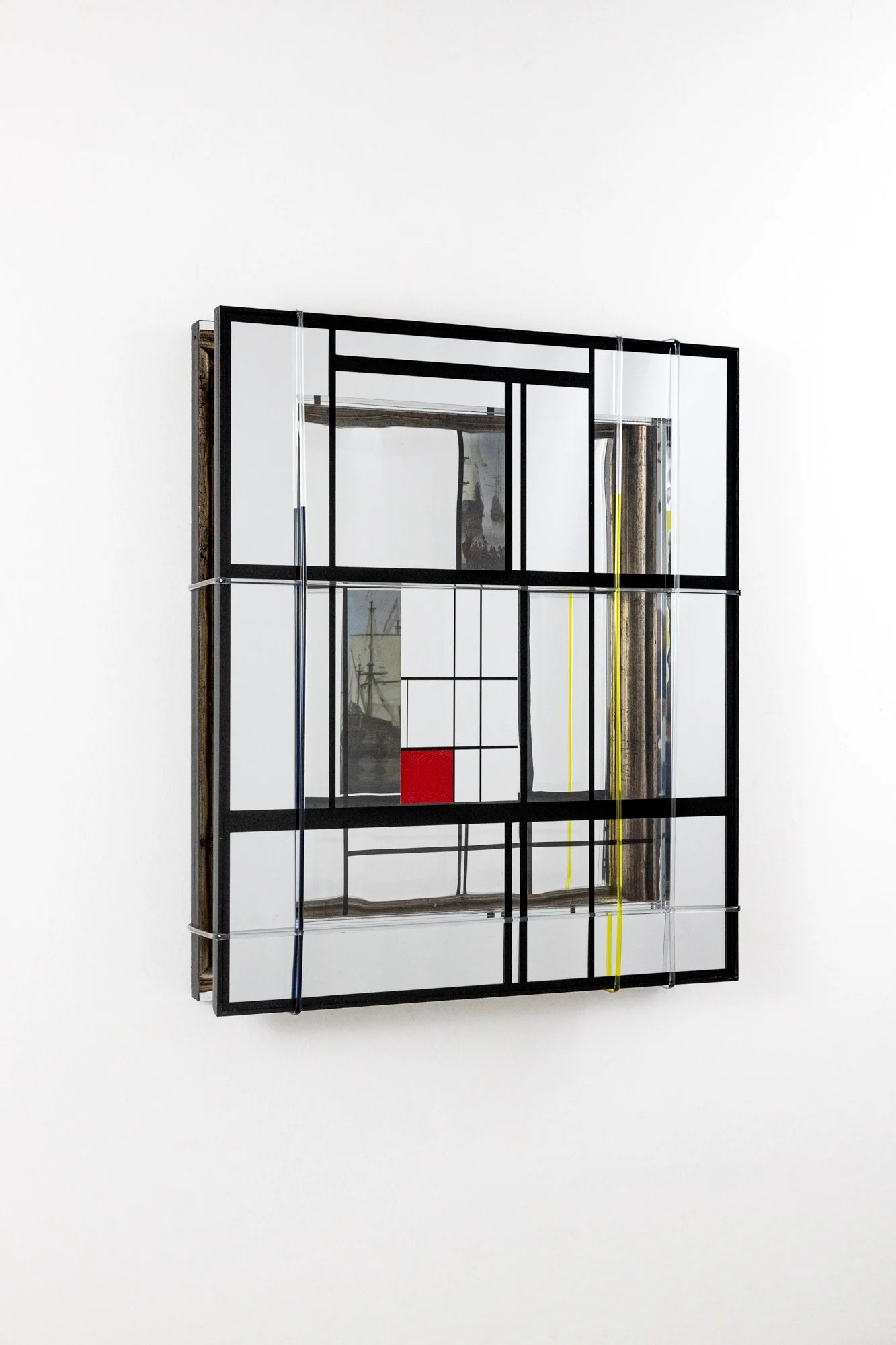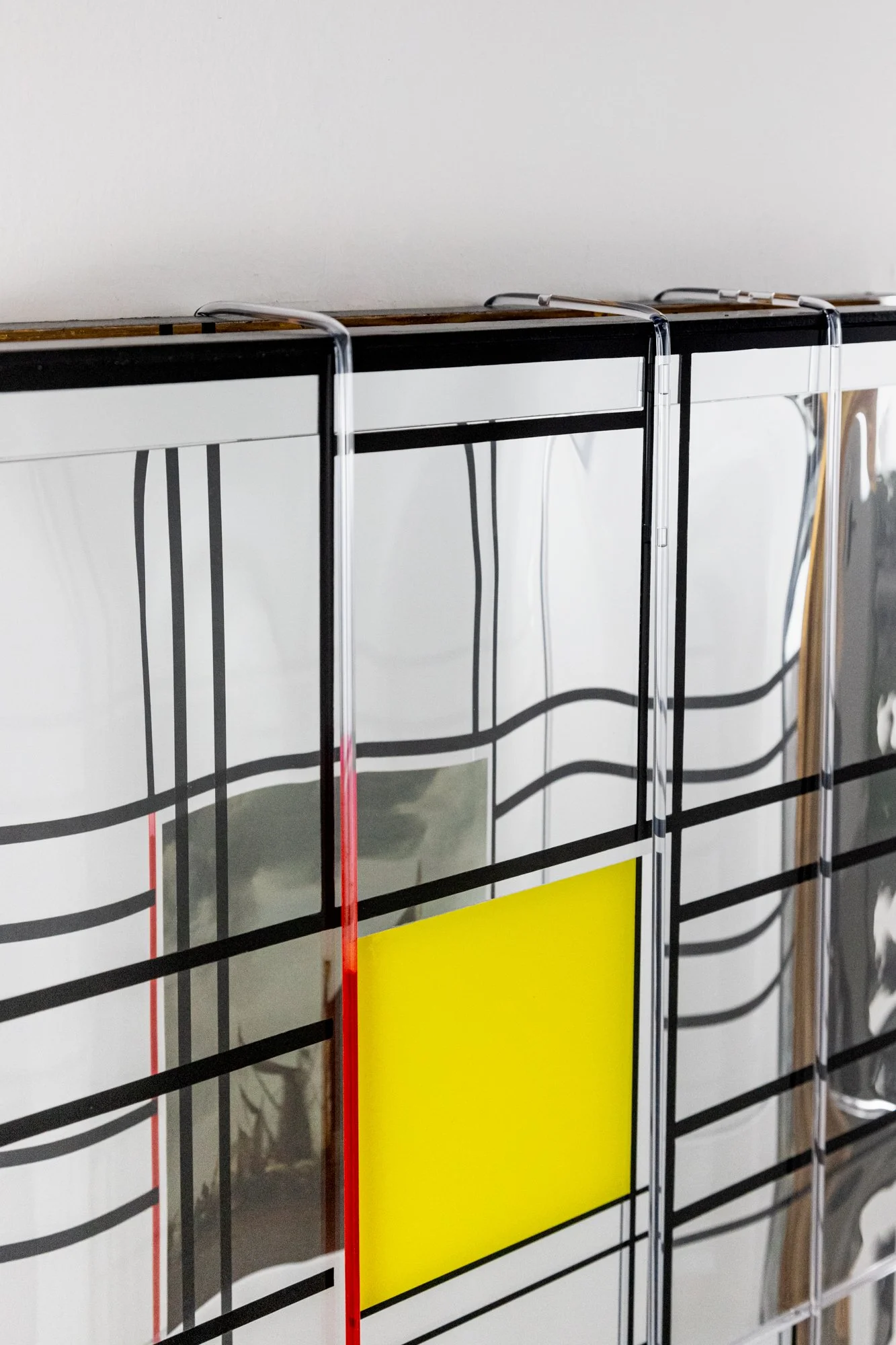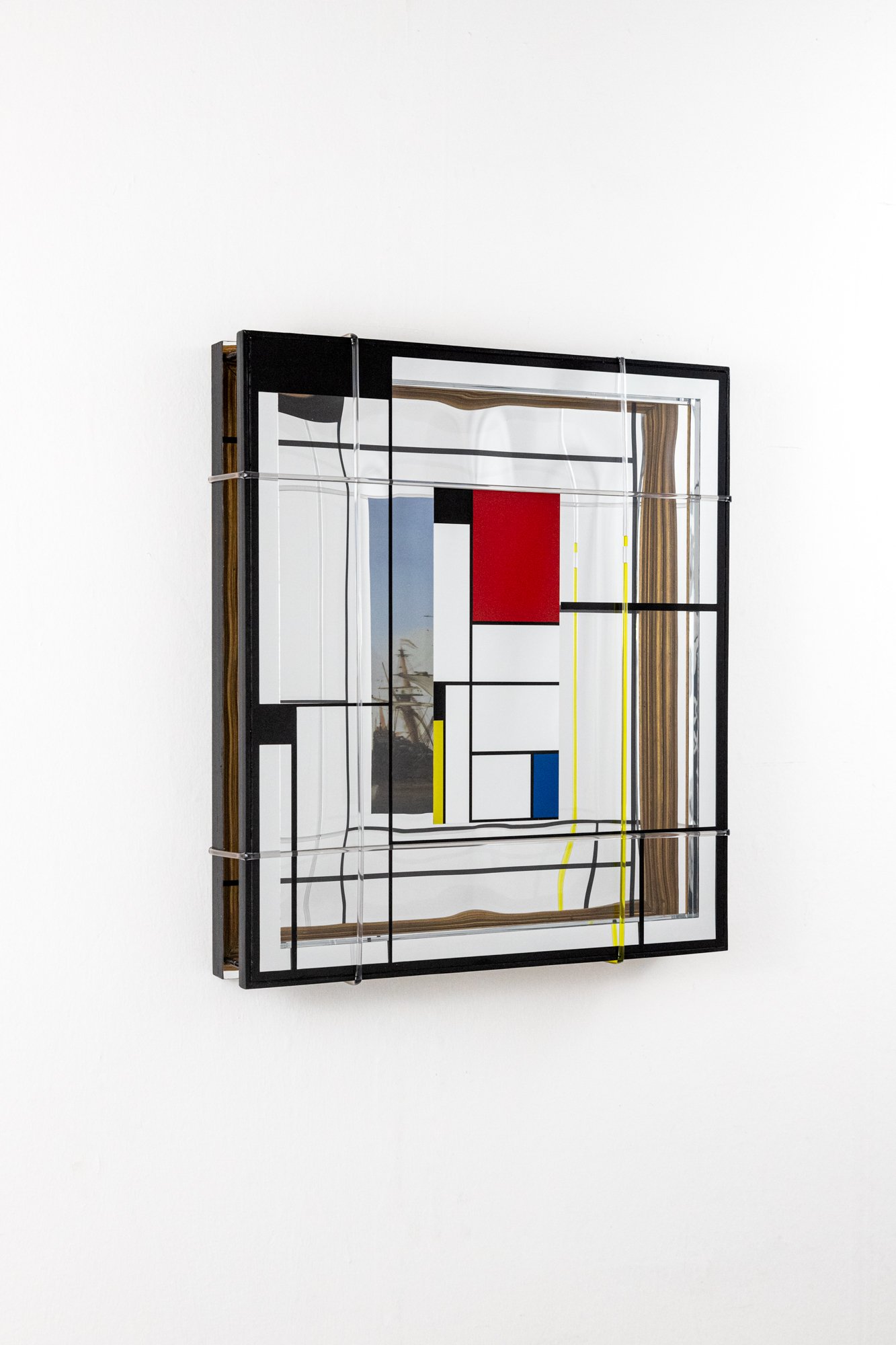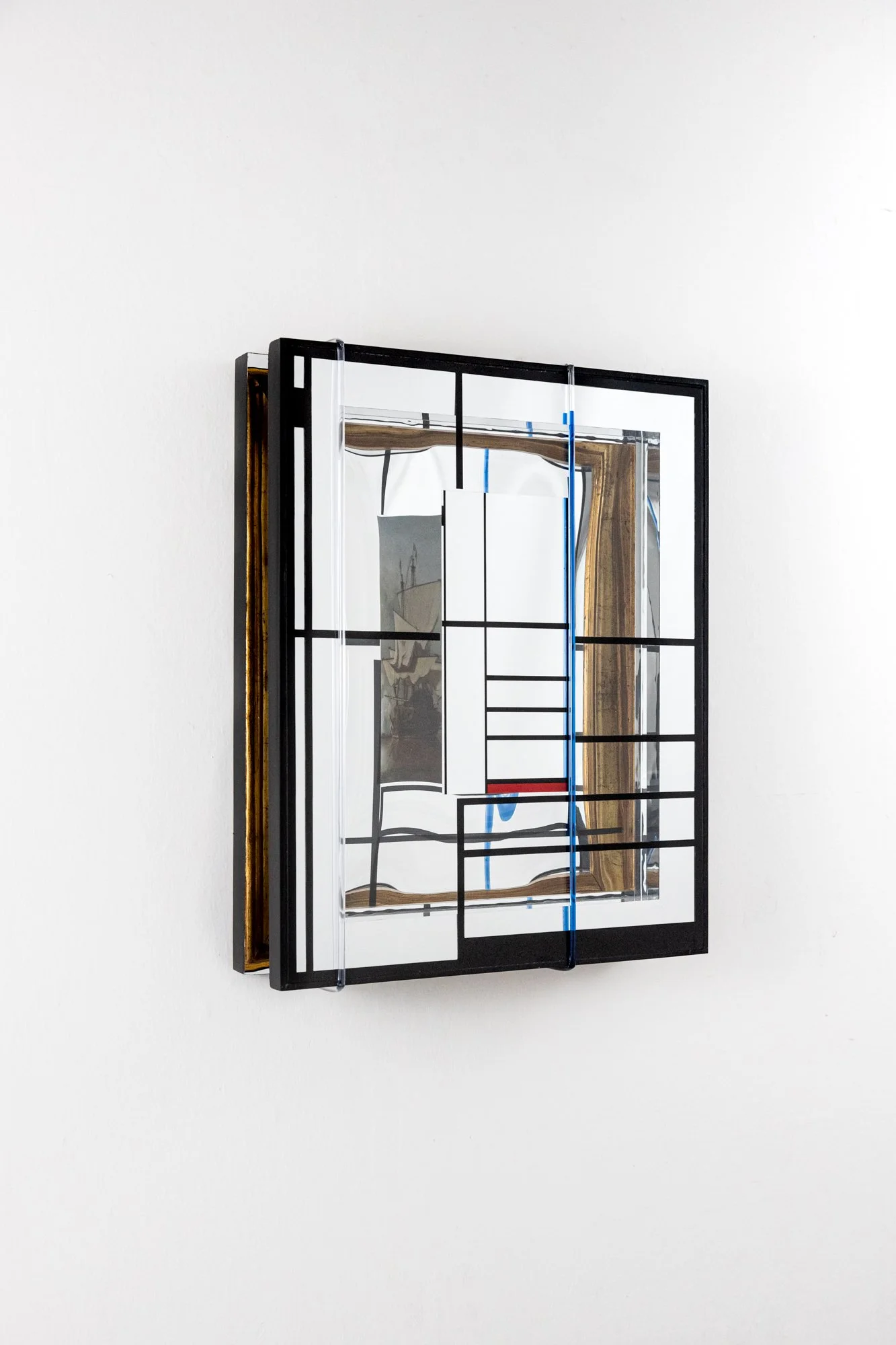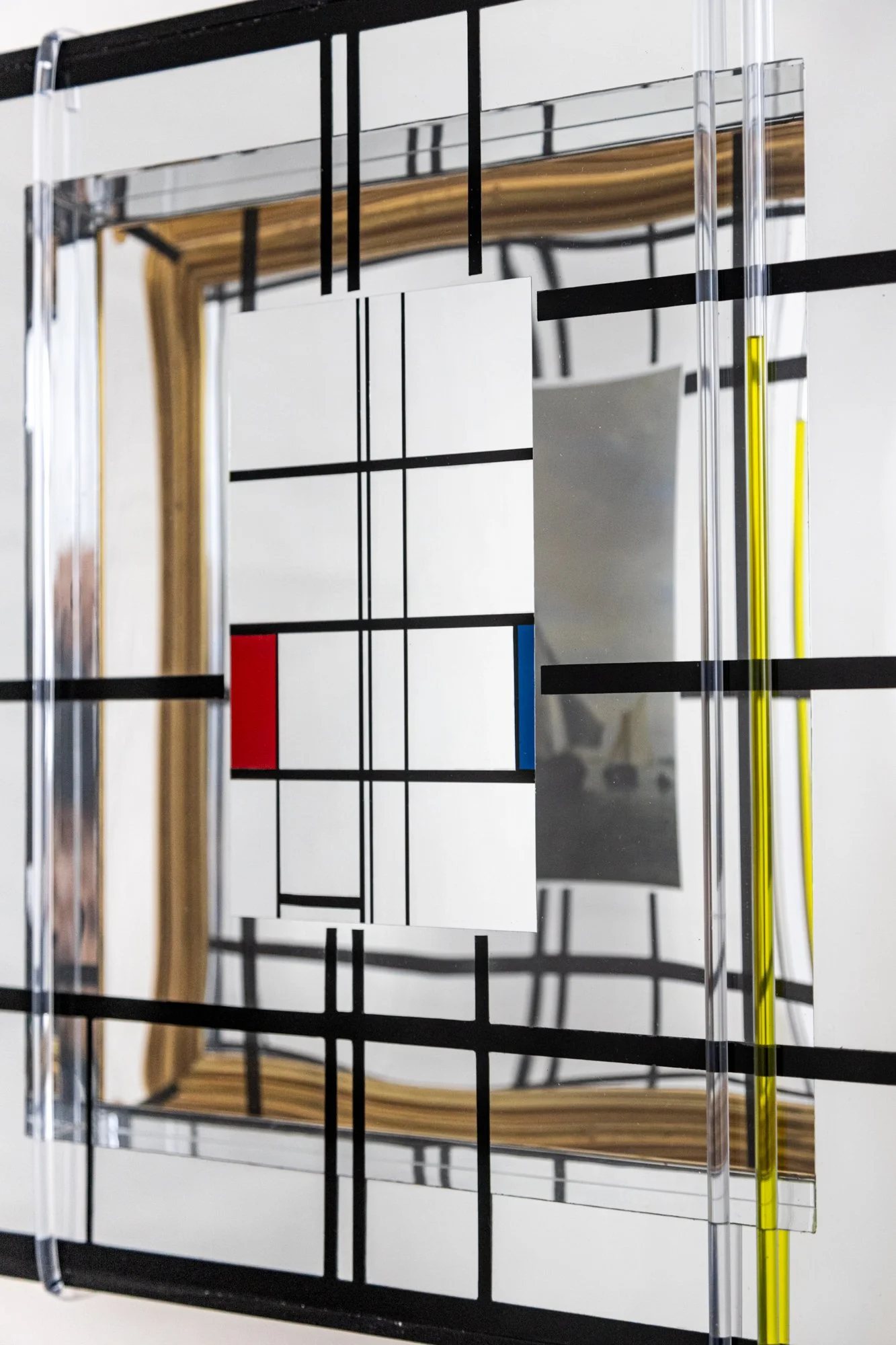THE CONNECTING LINE
Afsluitdijk (NL), 2024
The Afsluitdijk is a 32-kilometer-long protective dam built in the 1930s in the Netherlands. It separates the North Sea from the Zuiderzee, a bay that once covered an area of approximately 5,000 km² and has since become a smaller inland body of water known as the IJsselmeer. The Zuiderzee was formed in the 12th and 13th Centuries as a result of severe storm surges that flooded large areas of land and created a natural access route from the sea to the future port of Amsterdam.
As early as the Middle Ages, the Dutch began to protect themselves against floods by building dykes and canals. Windmills were used to pump out water in order to reclaim land. This created a grid-like landscape of dykes, canals, and low-lying plains, known as polders. In 1986, industrially-scaled drainage measures in the IJsselmeer created the 2,500 km² province of Flevoland, which is now home to around 460,000 people.
Map of the Netherlands, 1767
Storm surge, engraving, 1685
Map of a polder landscape, 1702
Landscape with Windmills, 1670
Map of the Noordoostpolder, reclaimed in 1942, in red, blue, and yellow
In these works, the geometric mapping of the polder landscape is placed in relation to the Zuiderzee, a bay which no longer exists. Elements of 20th-century abstract art enter into a pictorial dialogue with 17th-century maritime painting. The works in this series are characterized by complex and multi-layered compositions. In the foreground, individual PVC tubes filled with colored water from the IJsselmeer are stretched across the picture surface. Behind them is a glass plate with an abstract composition in the style of Piet Mondrian, whose geometric arrangement also evokes associations with the cartographic grid structures of polder landscapes. Unpainted areas of the glass surface reveal a wavy mirror mounted behind it. This reflects reproductions of 17th-century seascapes, which have been applied to the back of the glass plates inside old picture frames. The three-dimensional wooden frames create pronounced depth, while the distorted maritime scenes appear as fragmented, fleeting memories from a bygone era.
Seascape/1, 2025 PVC tubes, seawater, glass, mirror, wooden frame 65x60x10cm
Seascape/1, 2025, detail
Seascape/2, 2025 PVC tubes, seawater, glass, mirror, wooden frame 66x56x11cm
Seascape/2, 2025, detail
Seascape/2, 2025, detail
Seascape/13, 2025 PVC tubes, seawater, glass, mirror, wooden frame 27x23x9cm
Seascape/3, 2025 PVC tubes, seawater, glass, mirror, wooden frame 61x51x10cm
Seascape/3, 2025, detail
Seascape/4, 2025 PVC tubes, seawater, glass, mirror, wooden frame 62x52x10cm
Seascape/4, 2025, detail
Seascape/4, 2025, detail
Seascape/5, 2025 PVC tubes, seawater, glass, mirror, wooden frame 58x48x9cm
Seascape/5, 2025, detail
Seascape/6, 2025 PVC tubes, seawater, glass, mirror, wooden frame 55x48x8cm
Seascape/6, 2025, detail
Seascape/6, 2025, detail
Seascape/7, 2025 PVC tubes, seawater, glass, mirror, wooden frame 53x42x10cm
Seascape/7, 2025, detail
Seascape/8, 2025 PVC tubes, seawater, glass, mirror, wooden frame 49x39x10cm
Seascape/8, 2025, detail
Seascape/9, 2025 PVC tubes, seawater, glass, mirror, wooden frame 50x40x10,5cm
Seascape/9, 2025, detail
Seascape/10, 2025 PVC tubes, seawater, glass, mirror, wooden frame 34x29x9cm
Seascape/10, 2025, detail
Seascape/10, 2025, detail
Seascape/11, 2025 PVC tubes, seawater, glass, mirror, wooden frame 35x30x9cm
Seascape/11, 2025, detail
Seascape/11, 2025, detail
Seascape/12, 2025 PVC tubes, seawater, glass, mirror, wooden frame 24x21x9cm
Seascape/12, 2025 PVC tubes, seawater, glass, mirror, wooden frame 24x21x9cm









